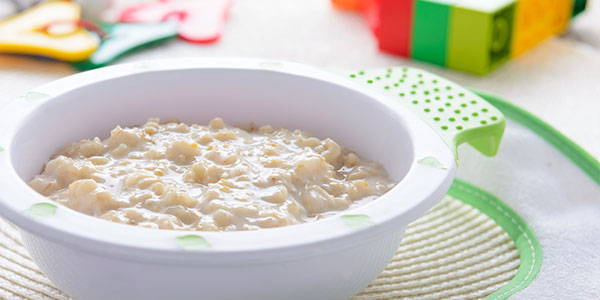Introducing your baby to solid foods is an exciting milestone. Many parents delight in watching the changing – and often comical – expressions on a baby’s face when he or she experiences a new flavor for the first time.
Besides being a great time to take photos and video, it’s also a time when you may have questions about which solid foods to feed your baby, when and how much.
“In the beginning, it’s important to remember that starting solid foods is all about learning for the child,” says Katharine Padrez, M.D., pediatrician at the Palo Alto Medical Foundation in Mountain View. “Keep the experience fun and enjoyable. Your baby is learning about new flavors, different textures, how to move solids from the front to the back of the mouth and how to take food from a spoon.”
Dr. Padrez shares her answers to the most common questions parents have about introducing solids to infants.










